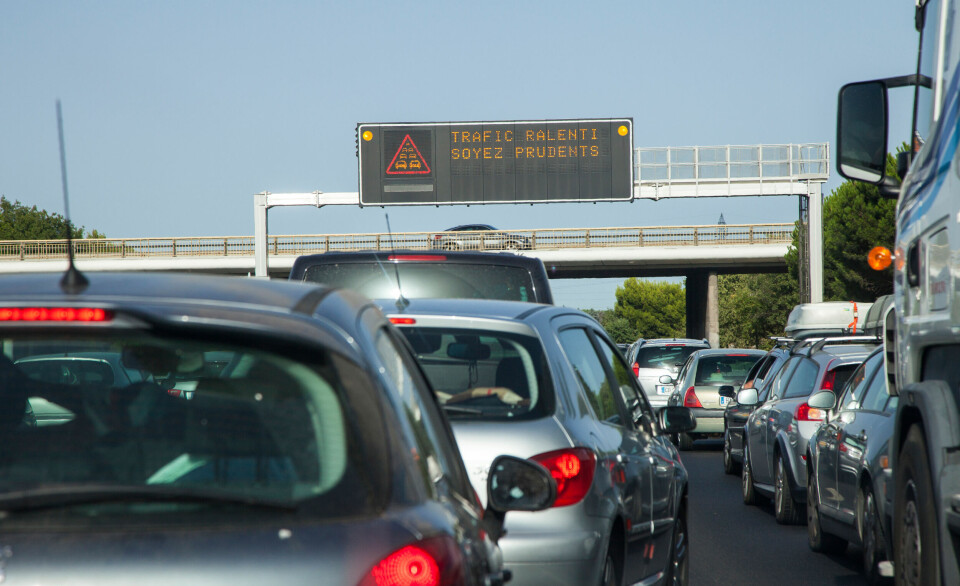Fraudsters target bank cards in your pocket in new scam in France
Contactless payments can be taken without the need for the card to leave a pocket
Contactless technology may be convenient but can increase the risk of fraud
Ground Picture/Shutterstock
The scam sees fraudsters use technology to make ‘contactless’ payments on bank cards in public without the card holder's knowledge.
Using hidden card readers and walking through busy public places, scammers can pass these machines through throngs of people, authorising payments of up to €50 from bank cards which use contactless technology.
Bank cards that are equipped with this technology then authorise these payments, leaving account holders none the wiser until the charge leaves their account a few days later.
In some cases, phones can also be targeted if they use the technology to make contactless payments.
Read more: Apple launches ‘Tap to Pay’ in France allowing payment between iPhones
As the scam can be carried out by individuals against a mass of people – all someone needs to do is swipe a contactless card reader past people’s pockets to authorise payments – it can be hard to track down the perpetrators.
In addition, as only a relatively small amount of money is deducted from bank accounts – as opposed to scams where people lose tens of thousands of euros – it can be harder to find help from your bank or police officers when you are a victim.
There are two things that you can do to help prevent becoming a victim:
Place a ‘contactless blocker’ in your wallet or purse
Contactless card readers use a technology called ‘NFC’ to read cards and make payments, this is also the technology used, for example, on some public transportation cards.
Unlike smartphones, which have the option to temporarily turn off NFC authorisation, bank cards that are contactless can (usually) permanently be swiped.
When your card is in your wallet, however, you can place it next to an NFC blocker.
These are small plastic cards that you can keep next to your card, which block any waves from passing through, including those that attempt to extract payment from the card.
Many banks are recommending account holders use NFC blocking cards, some even offer the card.
The card can also be purchased either online or in a number of shops and are often now included when buying a new wallet or purse.
Keeping your contactless card in a wallet or in your bag does provide more protection than it being loose in your pocket, however using an NFC blocker gives the better protection still.
Read more: Solar panel scams affect one in three buyers in France
Lower your contactless payment limit or cancel it altogether
Whilst the contactless payment limit in France is currently €50 – although higher ‘contactless’ payments can be made when using your pin – this is not an across-the-board set up, and you can lower this limit via your bank.
If you generally just use the contactless element of your card for lower value transactions, for example, to pay for coffee when at a café, but not for higher value transactions such as a supermarket shop, you can lower your limit to €10, enough to cover the small transactions. This is thought to be too low a value for the scammers who usually have the amount set to €30 or €50.
You can also ask your bank to limit the number of contactless transactions permitted per day or per month.
Finally, it is possible to automatically reject any contactless transaction from being accepted, and require all payments with your bank card to be verified by entering a pin code.
Most of these changes can generally be made via a bank’s smartphone application or via an online account. Alternatively you can go into a branch of the bank and seek assistance.





























